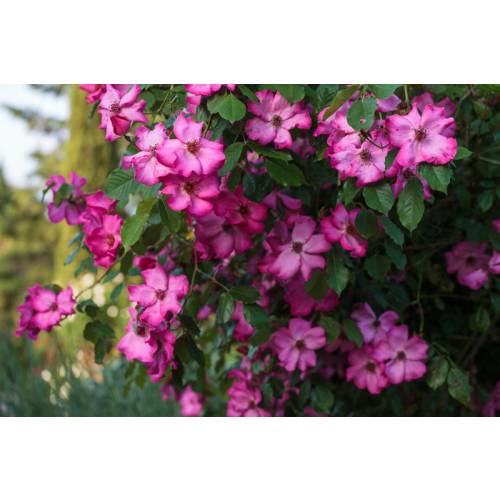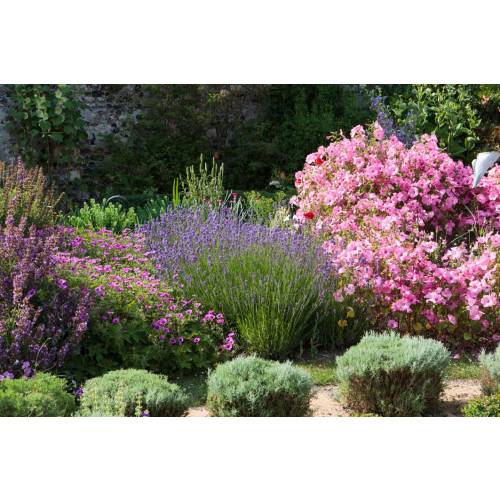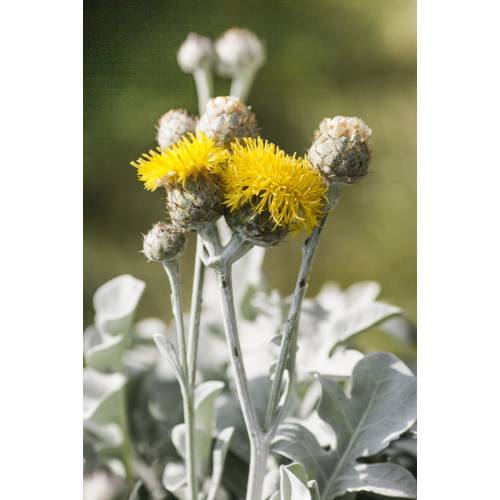
Choose plants in function of your garden
Shrubs and trees for a scorching spot
- Details
-
There are dry, hot places where nothing seems to grow. Some plants will nevertheless grow in it, adopt them!
Les classiques, à bien installer
The first type of plant which comes to mind when we want to create a green area in an afternoon, sun-exposed spot, are of course Mediterranean plants. Lavenders, Cistus, Olive trees, Oleanders, dwarf Pomegranate tree, fig tree…: the list is rather long! All have in common certain sensitivity to cold, especially in areas where temperature regularly drops below -12 to -15°C. Furthermore, these plants originally from the Mediterranean area require a rather wet season, in the autumn or more often in the spring. To complicate matters, they like dry winters which is rarely the case outside the Mediterranean area. These plants are interesting but you must not place all your hopes on them if you live in a cold area or in a wet-winter area.
Safe bets for all areas
They are only a few, but contrary to Mediterranean plants they are not sensitive to cold or wet winters. They are the Sedum (Also called Livelong), Salvia officinalis (garden Sage), Fennel, Oregano, Artemisia, the Helianthemum (Rock rose) or again the Centaurea (Cornflower or Knapweed).
Little known, resistant plants to try
A few plants offer an underestimated drought-resistance and are worth trying such as Roses, Buddleias, Berberis, Olearias, Conifers (especially Pine trees), grasses (like the Lyme grass or Sea Lyme grass), etc. If you can provide a little bit of shade do try the Heucheras, especially the purple-leaved or dark-leaved varieties and the New Zealand Flax. The latter is very tough but only when well established, that is to say after 2 to 3 years. Add to this list flowering bulbs (spring-flowering which need planting in the autumn). Originally from dry-summer areas, they like to spend summer without being watered, once their cycle has come to an end.
The right planting gestures
Dig a hole large enough to replace the soil with a good quality soil if yours is made of backfill close to the house. Plants’ resistance also depends on the quality of the soil in which they grow and particularly of its depth.
Water regularly during the first year as plants must establish and face extreme growing conditions.
Do not hesitate to plant temporary but quick growing plants which will provide a little bit of shade to the long-lasting, more resistant plants while they establish. The Gaura (Bee blossom or Whirling Butterflies) and the Verbena are just perfect for this. - Photos (4)




